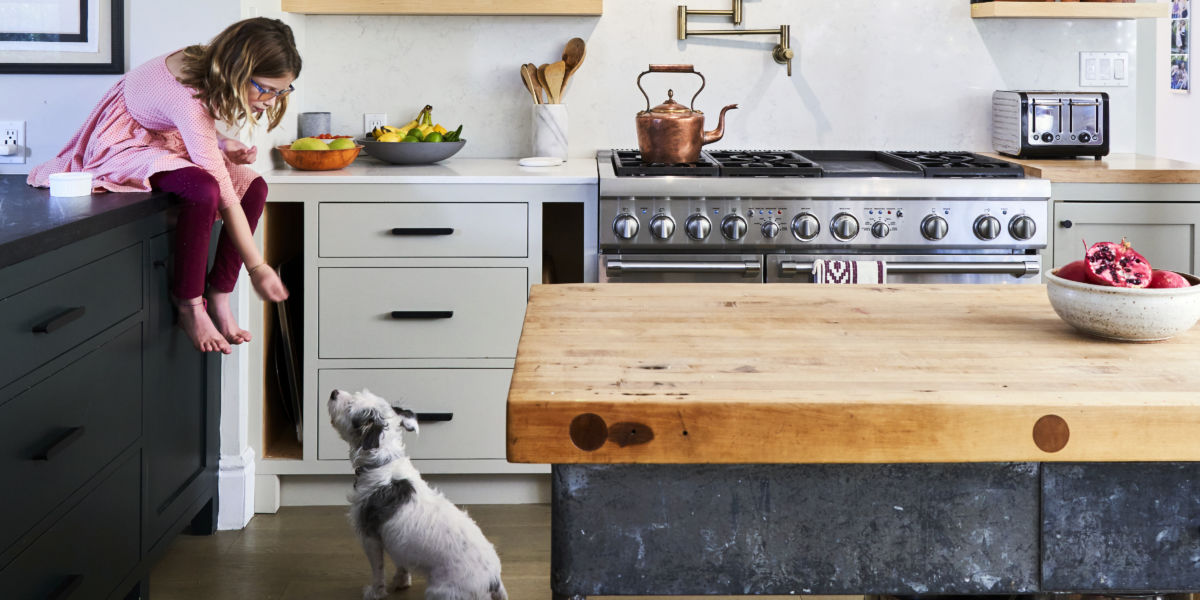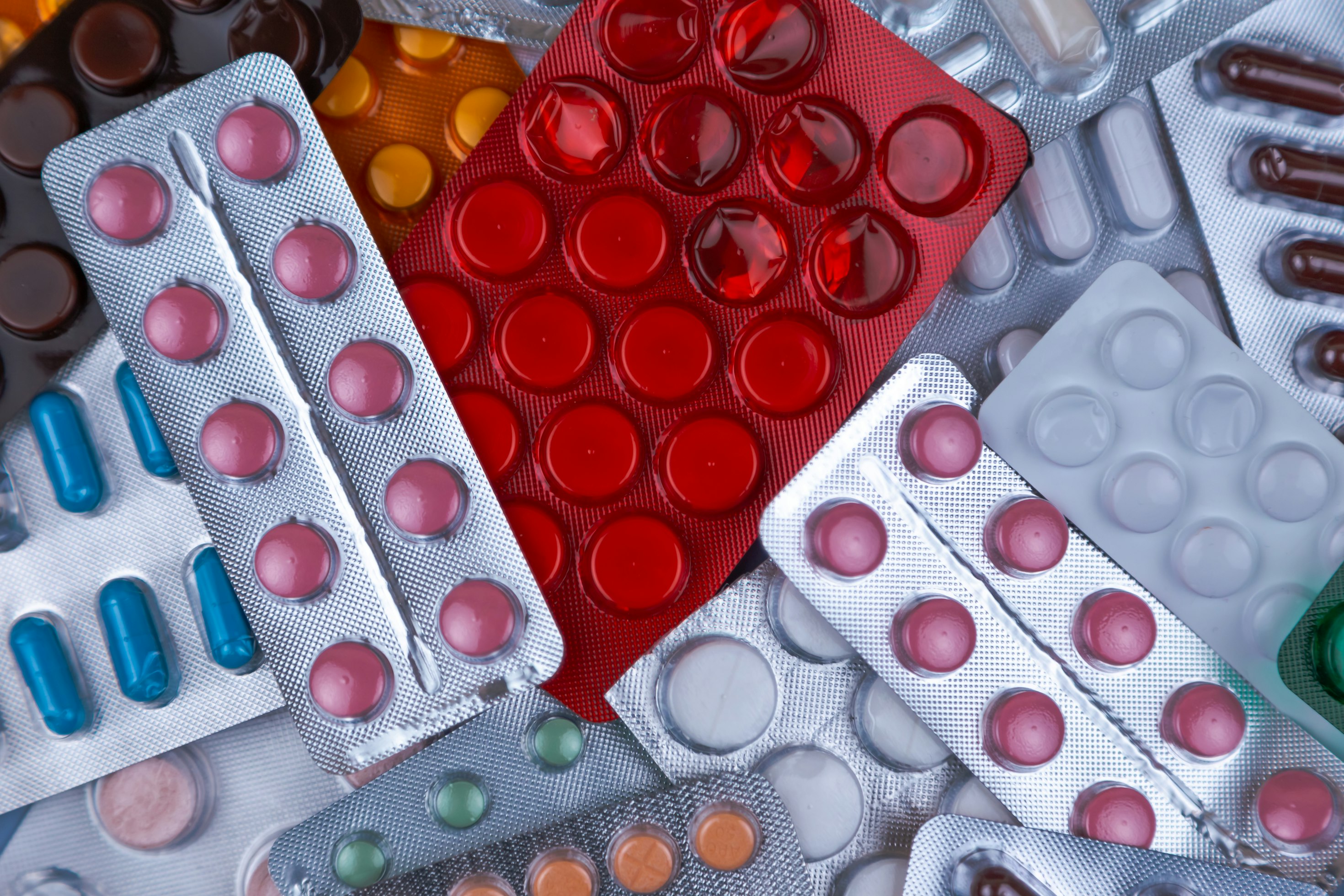Dog owners often turn to the American Kennel Club (AKC) for trusted advice on everything pet-related, from choosing the right breed to engaging in dog sports. While the AKC offers a plethora of resources, including health and safety tips, understanding what things are toxic to dogs is crucial for every pet parent.
This article will delve into common household and outdoor dangers that pose a risk to our four-legged friends, including toxic foods like chocolate and avocado, as well as chemicals and plants [1]. Recognizing these hazards is the first step in preventing accidental ingestions that can lead to illness or even death [1].
Edible Hazards in the Kitchen

In the kitchen, a place of culinary exploration for humans, hidden dangers lurk for our canine companions. It's crucial to ensure the safety of our pets by being vigilant about what they can access. Here are key steps and toxic items to be aware of:
Secure Storage:
- Keep dog food in high cabinets or locked drawers.
- Store toxic foods away from pets, especially items like chocolate and onions.
Common Toxic Foods:
- Chocolate and Caffeine: Harmful due to theobromine and caffeine, leading to toxicosis and potentially death.
- Grapes & Raisins: Cause acute renal failure.
- Macadamia Nuts: Highly poisonous, affecting the nervous system.
- Onions & Garlic: Damage red blood cells, causing anemia.
- Alcohol: Leads to liver, kidney damage, and acidosis.
- Avocado: The seed poses a choking hazard.
- Raw Meat & Bones: Risk of bacterial poisoning and physical harm.
Pet Safety Checklist:
- Ensure poisonous household items are out of reach.
- Keep toxic "people foods" away from pets.
- Regularly check spaces for potential hazards like small objects or toxic substances.
By adhering to these guidelines, pet owners can create a safer environment in the kitchen for their furry family members, preventing accidental ingestions that could lead to serious health issues.
Household Products and Medications

Navigating the dangers lurking in everyday household products and medications is crucial for dog owners. Awareness and precaution can significantly reduce the risk of accidental ingestions. Here's a breakdown of common household hazards:
Medications:
- Human medications like Tylenol contain acetaminophen, which is toxic to dogs. Always consult a vet before giving any medication.
- Veterinary medications, though often flavored to appeal to pets, can lead to overdoses if not secured.
Household Chemicals:
- Insecticides and rodenticides, designed to attract pests, can also attract dogs with fatal consequences.
- Cleaning products, including detergents and bleach, should be kept in original containers and out of reach to prevent ingestion, which can cause severe internal injuries.
Miscellaneous Hazards:
- Antifreeze, with its sweet smell, and de-icers can be deadly if ingested.
- Batteries and fabric softener sheets pose risks of mouth ulcers and internal issues.
- Ensure all potentially dangerous items, such as makeup, lotions, houseplants, and more, are securely stored away from pets.
Implementing simple safety measures like keeping cabinets closed and securing hazardous items can create a safer environment for your furry friends, helping to prevent accidents before they happen.
Outdoor and Garden Dangers

Exploring the outdoors can be an adventure for dogs, but it's essential to be aware of the potential dangers that lurk in gardens and yards. Here are some precautions and tips to keep your furry friends safe:
Toxic Substances:
- Fertilizers and herbicides can contain harmful chemicals. Opt for pet-friendly alternatives.
- Cocoa mulch, attractive to dogs due to its scent, can cause toxicity if ingested. Consider using a different type of mulch.
- Keep rodent poisons and insect baits out of reach. These can be fatal if ingested by pets.
Dangerous Flora:
- Many plants, such as sago palms and foxglove, are toxic to dogs. Remove these from areas your dog can access.
- Compost piles can contain harmful bacteria. Ensure these are securely enclosed to prevent dogs from investigating.
Weather and Wildlife Precautions:
- Provide adequate shelter to protect dogs from extreme weather conditions. Insulated dog houses in winter and shady spots with plenty of water in summer are crucial.
- Be vigilant about wildlife that can transmit diseases or cause injuries. Secure fences can prevent unwanted encounters with raccoons, skunks, or venomous snakes.
By taking these steps, you can create a safer outdoor environment for your dog, allowing them to enjoy the fresh air and sunshine without the risks.
Preventing Accidental Ingestions

Preventing accidental ingestions among dogs requires a multifaceted approach that combines vigilance, training, and environmental adjustments. Here are practical steps to safeguard your furry friend:
Secure and Inspect:
- Always keep dangerous items out of reach or in secure locations.
- Conduct regular inspections of your home and yard for potential hazards.
Training and Toys:
- Teach commands like 'leave it' and 'drop it' for immediate obedience.
- Provide appropriate chew toys and engage in positive reinforcement training to discourage unwanted chewing.
Environmental Adjustments:
- Use crates or playpens for supervision when direct observation isn't possible.
- Cover trash cans and secure cabinets to limit access to hazardous objects or food.
- Introduce deterrents such as Bitter Apple Spray to prevent chewing on inappropriate items.
By implementing these strategies, dog owners can significantly reduce the risk of accidental ingestions, ensuring a safer environment for their pets.
Throughout this exploration of the hazards facing our canine companions, we've traveled from the kitchen to the garden, uncovering the myriad dangers lurking in common items and offering strategies for prevention. Each section, from toxic foods and household chemicals to outdoor threats, reinforces the critical importance of vigilance and proactive safety measures in protecting our beloved pets. By embracing these guidelines, dog owners can ensure a safer environment, allowing their pets to thrive.
As we conclude, it's evident that the safety of our dogs is an ongoing responsibility that demands attention, education, and action. The implications of our discussion extend far beyond mere caution, embodying a commitment to the well-being and happiness of our furry family members. Let this article serve as a reminder of the profound impact we can have on our pets' lives, inspiring continued efforts to safeguard them against the myriad dangers they face daily.
FAQs
Q: What are the benefits of having a dog as a pet?
A: Dog ownership can contribute positively to an individual's mental health and decrease feelings of social isolation, which in turn may lower the risk of heart attacks and cognitive decline. Social isolation is a significant factor associated with poorer health outcomes and increased mortality.
Q: What challenges do pet owners typically encounter?
A: Pet owners often face a variety of challenges, including the need for a significant time commitment to provide daily care such as feeding, exercise, grooming, and playtime, which can be difficult for those with busy schedules. Additionally, the financial costs associated with pet ownership can be substantial.
Q: Is it challenging to own a dog?
A: Yes, owning a dog can be demanding as they are pack animals and view their owners as members of their pack. Dogs are also companion animals and require consistent attention, despite the owner's personal schedule or energy levels. They need daily care, including feeding, exercising, and socializing, and thrive on companionship.
Download Now








